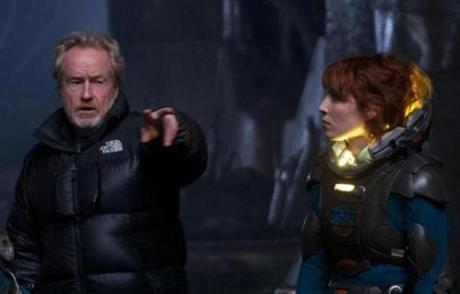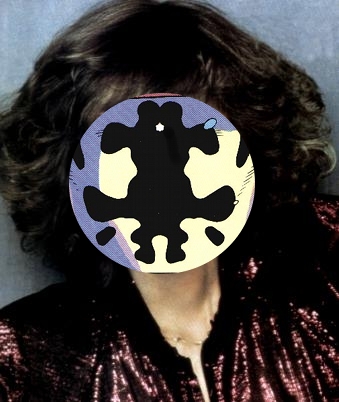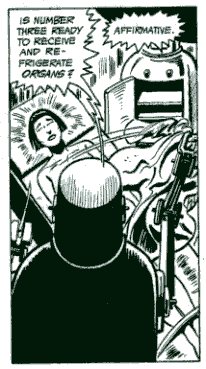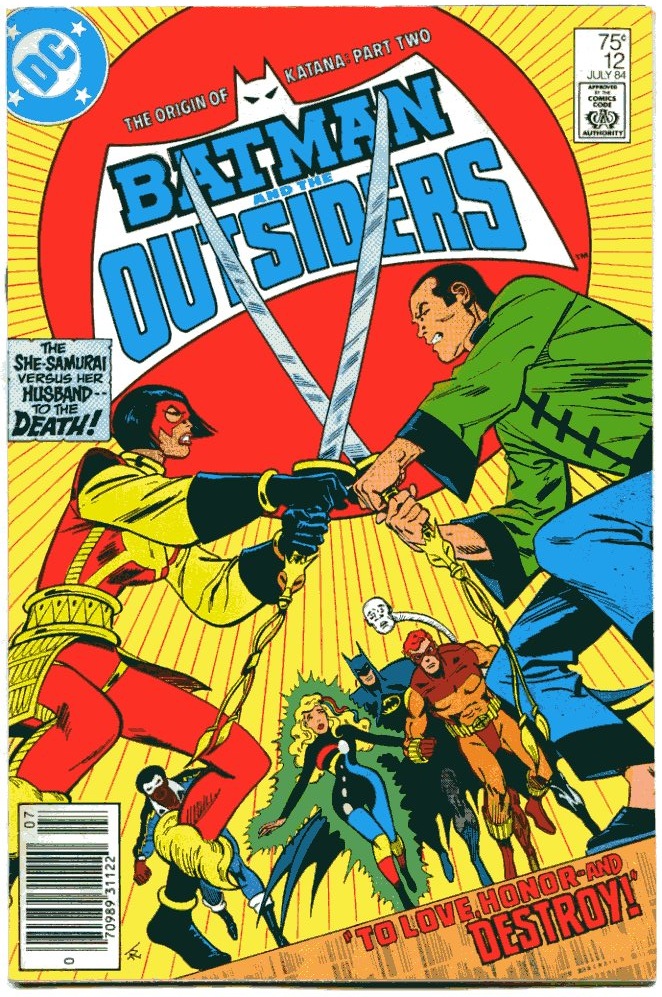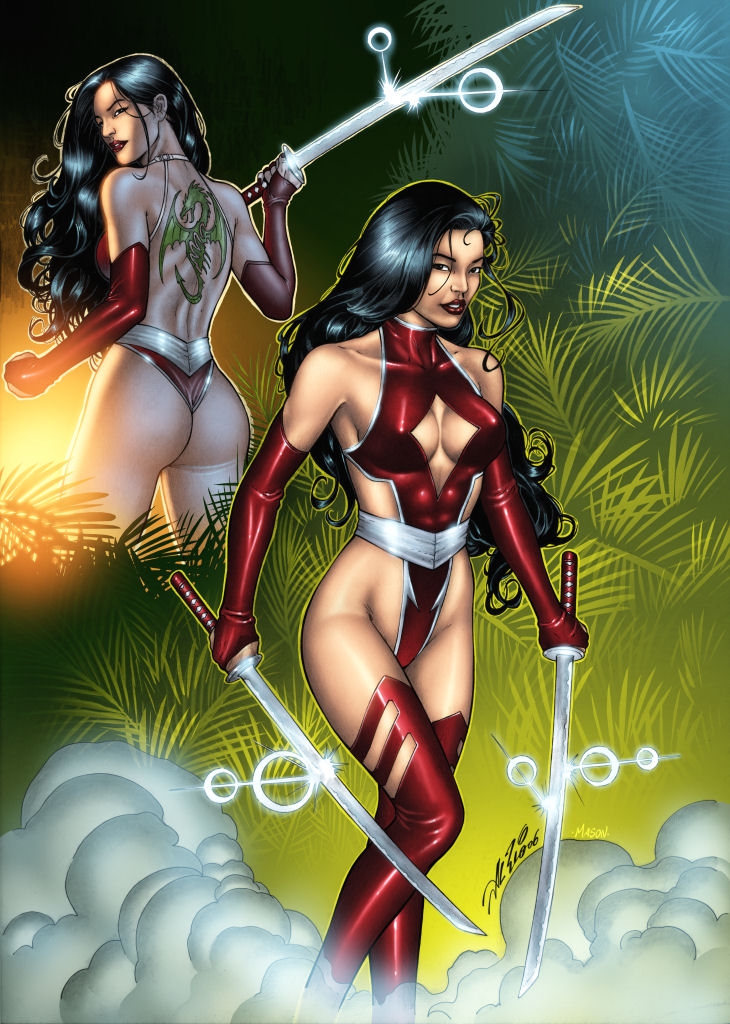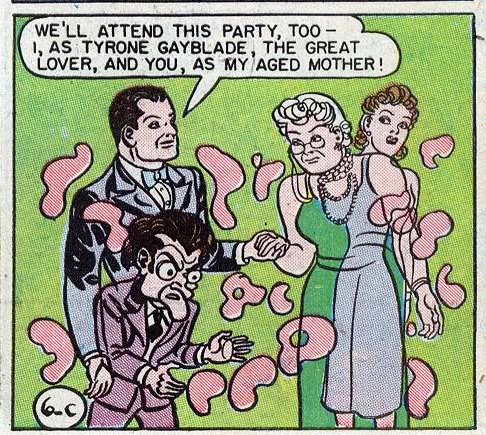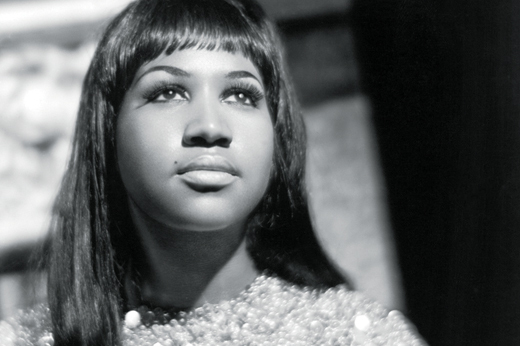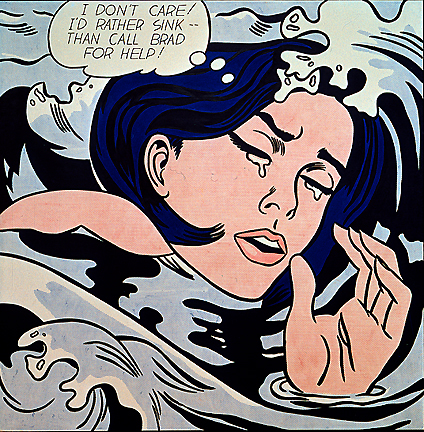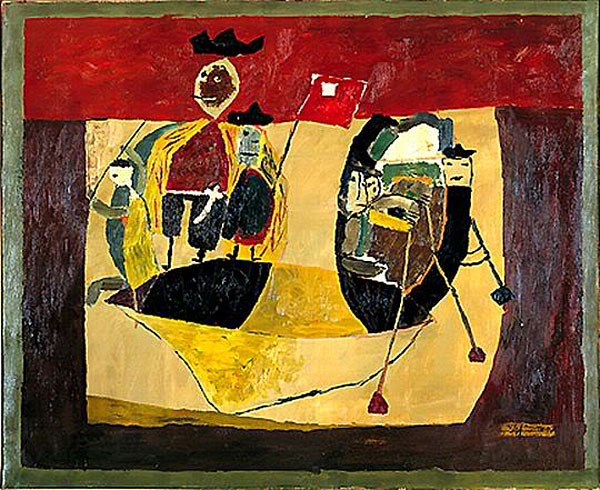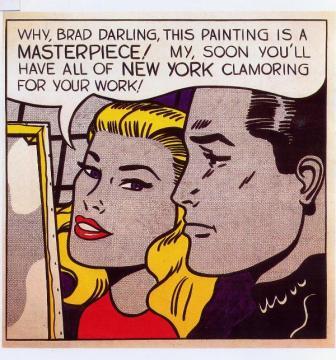Yesterday I goaded Isaac Butler into writing a SPOILER-FILLED review of Prometheus in comments. I’m going to put it here, because I feel strongly that it is the mission of HU to SPOIL all of everyone’s art forever. So, you know, you’ve been warned. (And if you want a non-spoilery review, check out Alex Buchet’s from yesterday.
Okay, here’s Isaac Butler. Spoilers ho.
Aw screw it, I can’t sleep.
Okay, this is going to be ALL SPOILERS.
Keeping in mind that on a visual and directorial level, I was quite taken with the film, I think that it really doesn’t work on a screenplay level. The screenplay suffers from many problems, but the four biggest are that it’s predictable, that it sinks under the weight of demands outside of telling of a story, that it crams too much content in for its running length and that it ultimately doesn’t makes sense logically.
I don’t care whether Earth being seeded is plausible or not. On almost all things, I’ll grant them their basic premise, and I actually thought that, were the film longer (or a mini-series) this would provoke some interesting religious and philosophical inquiry, the way Battlestar Galactica sometimes was capable of as it pitted genocidal monotheistic robots again polytheistic somewhat more sympathetic humans.
And I know that Alex acknowledges above that there are logical problems etc. with the film, so this is less any kind of counterargument to this post than simply an explanation of why the screenplay-level problems sank the film for this particular viewer. This was one of those instances where I enjoyed the ride but almost immediately afterward, the film fell apart.
Anyway… Let’s start with the logical problems. The biggest one is the film’s premise. The premise of the film is that the aliens who seeded Earth left behind a map to lead us to them. But the twist at the end is that Noomi Rapace et al did not discover their homeworld, but rather discovered essentially a moon-sized Trinity site, a place where they designed and developed extermination weapons that were meant to wipe out all mankind.
So why– back when they liked us– did they leave us a map to their weapons testing facility? I say “back when they liked us” because the film makes it clear the downed alien spacecraft were going to fly to Earth to deliver their payload of spongy penis and vagina monsters. So they didn’t need us to come there to exterminate us. They were going to come to us.
So why does the map go there? The film doesn’t even bother with attempting an answer, it just kind of hopes that you don’t realize that happened. At the end, Noomi and Michael Fassbender’s Head set a course for wherever the aliens came from, so we have it double-confirmed at the end that this planet isn’t their home world. This one particularly rankles me because it’s fixable with like two lines of dialogue “Why did the map lead up to the testing site?” “I don’t know. But I’m going to find out.”
That’s the biggest of the film’s story-level problems, but it’s not the only one. Logan Marshall Green’s character chooses a horrific, painful death via flamethrower when we already know the air on the planet’s surface is toxic due to high carbon dioxide levels and would like deliver a much less painful death in under two minutes. The medi-bay that Noomi Rapace uses to remove the alien from her body is configured for a man even though it’s in a woman’s cabin. (This actually turns out to likely be bungled foreshadowing as to Guy Pearce’s presence on the ship. Bungled because we already know that he’s on the ship as we’ve seen Michael Fassbender communing with a hidden person in cybersleep and Guy Pearce’s Mr. Weyland is the only other character in the entire film and it doesn’t take a rocket scientist to put two and two together. )
Then there’s the characters who don’t behave the way people actually behave. Noomi Rapace’s lack of ever telling anyone “Oh hey, this expedition we’re taking right now is being lead by a robot who is probably not on our side, given that whole trying to force me into hypersleep with an alien fetus monster inside of me.”
Next are the extra-screenplay demands. The film is both a sequel and, clearly, an anchor-film for a new franchise within the Alien Universe. As the third act happens, the film gets taken over by these demands. In particular, there’s a total fan service moment when the chair-gun-thing finally appears and this– rather than anything having to do with character or story– is treated as the emotional climax of the film. The entire staging of the final major action sequence is done so that the ship will be in the right position to be investigated by Sigorney Weaver et al to investigate it in a few years. At the same time, all human and android presence in the ship or on the planet has to be eliminated as well. At the same time, no summer blockbuster can be self-contained unless you’re Christopher Nolan and so it has to have an open ending.
But one of the major problems with the screenplay is simply that it’s got too much content for its running time. I’m all with Alex Buchet on finding the thematic content of the film really interesting. But there just isn’t enough time to explore it, develop character, set up the scares and the action and move the plot along. As a result, everything gets short-changed.
The final problem is the film’s predictability. This is partially not the writers’ fault. After all, the trailer gives away that an enemy spaceship eventually takes off out of the ruin. But there isn’t a single story beat that you can’t figure out from about five minutes into the film. I found myself relieved when Michael Fassbender was going to put Noomi Rapace into cold storage because I thought for a moment they were going to pull a “Psycho” and take out the headlining actor partway through the film. It turned out this wasn’t the case.
I love Ridley Scott, I really do. Alien and Blade Runner are two of my favorite movies and while Gladiator is a totally ridiculous and campy swords and sandals epic… well… so are all the other swords and sandals epics. I’ve enjoyed his minor efforts like Matchstick Men, his competent hackwork like American Gangster and I think The Duelists and even Legend are pretty aces. And the work he does here is admirable. The terrifying segments really are terrifying. There’s some really interesting integration of visual design and theme. Michael Fassbender is wonderful.
But sadly the screenplay just doesn’t work beyond getting you from point A to point B. Compared to Hampton Fancher’s Blade Runner screenplay or Dan O’Bannon’s Alien screenplay it’s just junk. A far better version of this movie was made a few years ago. It was called “Sunshine,” and Danny Boyle directed it and it bombed hard in the States.
Okay, this was a bit rambly but as I said it’s two in the morning over here and I’ve taken some Tylenol PM. Cheers all…

